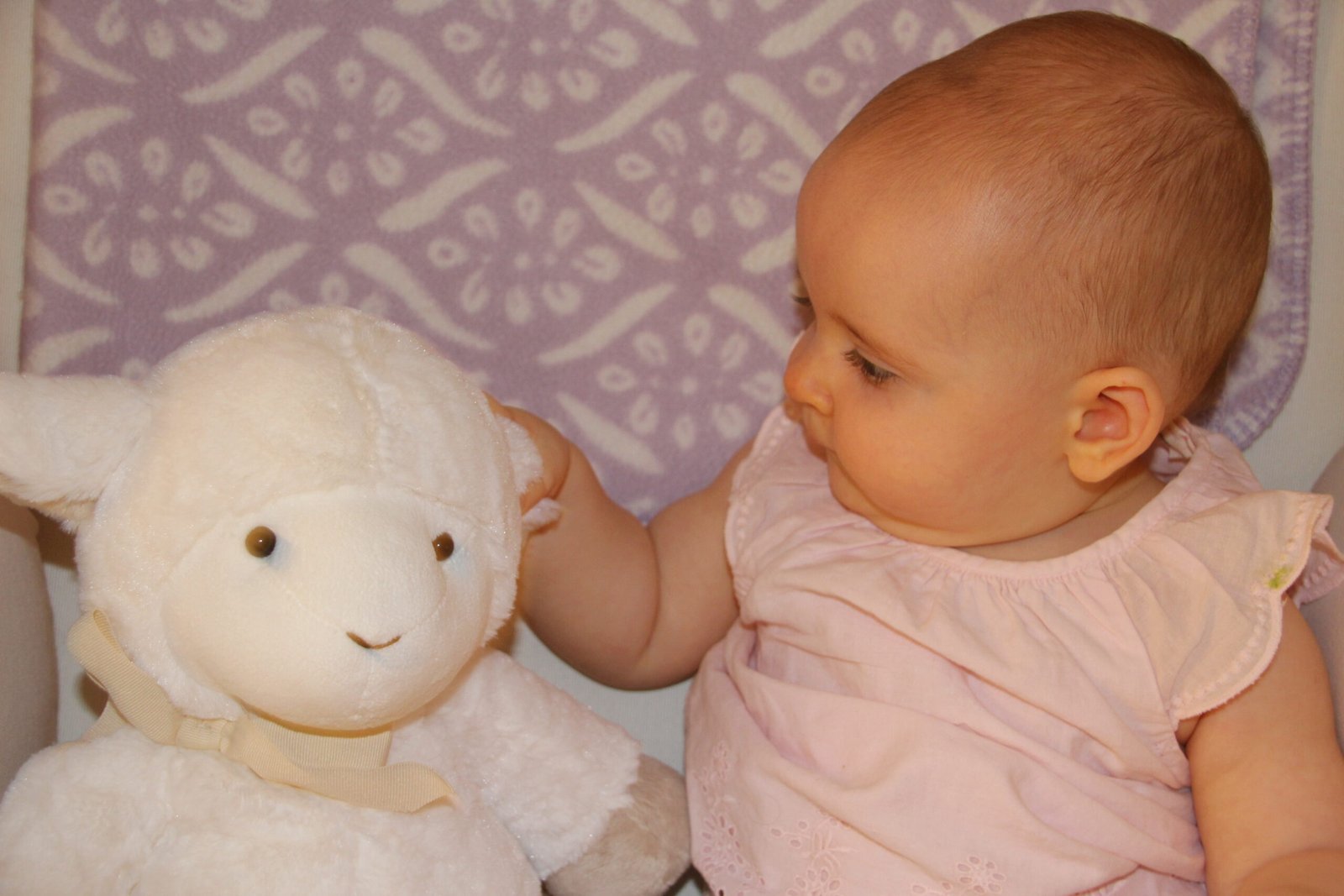One of the trickiest parts of navigating infant and toddler sleep is figuring out the right timing. You can have the perfect sleep environment, a consistent routine, and a full tummy—yet sleep can still feel elusive. One of the most common reasons? Your child is either undertired or overtired.
Understanding the difference between the two (and learning to spot the signs) is a powerful tool in helping your baby sleep better, more easily, and for longer stretches.
What Does “Undertired” Mean?
An undertired baby simply isn’t sleepy enough to fall asleep easily. Their body hasn’t built up enough sleep pressure—the biological need to sleep—since their last nap or wake-up.
Signs of Being Undertired:
-
Fighting naps or bedtime but still seeming happy or playful
-
Taking a long time to fall asleep without distress
- Early morning wake-ups
-
Waking early from naps (20–30 minutes) and appearing ready to go
-
Split nights (awake for a long period overnight)
Undertiredness often shows up when wake windows are too short for your baby’s age, or when naps are too frequent or too long late in the day.
What Does “Overtired” Mean?
Overtiredness happens when your baby has been awake too long and their body starts to produce stimulating hormones like cortisol and adrenaline—making it harder to settle and stay asleep.
Signs of Being Overtired:
-
Meltdowns or frantic crying around sleep times
-
Arching back, rubbing eyes, or turning head away when trying to settle
-
Taking a long time to fall asleep with crying or high emotion
-
Frequent night waking or very early morning rising
-
Short naps due to inability to transition between sleep cycles
Babies who are overtired may look like they’re “fighting sleep,” but the real issue is they’ve powered through their ideal sleep window and now their nervous system is overstimulated.
Why This Puzzle Matters
Being stuck in a cycle of over- or undertiredness can make sleep feel unpredictable and frustrating. The sweet spot—where your baby is just the right amount of tired—is where falling asleep becomes easier, faster, and calmer. This is when their little body is biologically primed for rest. Also knowing how much sleep your baby needs over a 24 hour period so they can get the rest their body needs.
Solving the Puzzle: What You Can Do
Here’s how to find that just-right timing:
-
Know your baby’s age-appropriate wake windows and use them as a guide, not a rulebook.
-
Observe your baby’s cues—look for patterns of sleepiness (or overstimulation) and adjust timing based on behaviour, not just the clock.
-
Track naps and bedtime for a few days to see if there’s a pattern of being too wired or too awake at sleep times.
-
Tweak gradually. Move naps or bedtime in 15-minute increments rather than making big jumps.
Sometimes, the difference between a meltdown and a peaceful bedtime is just 10–15 minutes. When you learn to read your child’s cues and understand whether they’re undertired or overtired, everything about sleep gets a little easier.
Struggling to figure out your baby’s ideal sleep timing? You’re not alone. This part of the sleep puzzle is often the most confusing—but once it clicks, sleep can transform for your whole family. Click here for a free 30-minute Discovery call with me.






0 Comments